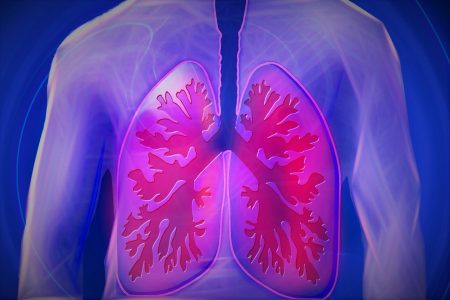
This commentary originally ran in the Toronto Star Opinion section
Reports indicate that people with pre-existing conditions including heart disease, diabetes, and hypertension may be at an elevated risk of serious illness and death following COVID-19 infection.
In fact, early clinical reports found that 40 per cent of people hospitalized with COVID-19 had cardiovascular disease. While the overall mortality rate remains low at 2.3 per cent, it jumps to 10.5 per cent for patients with cardiovascular disease, which is greater than patients with underlying chronic respiratory disease (6.3 per cent).
Reports that people with cardiovascular disease have higher than expected mortality rates during outbreaks of infectious diseases are not new. A 1932 study of influenza epidemics in 35 large American cities between 1917 and 1932 found that of the deaths attributed to the outbreaks, almost half were not directly caused by influenza. The largest single cause of death after influenza was cardiovascular disease, which accounted for between 18 and 48 per cent of all deaths not attributed to influenza.
Cardiovascular disease isn’t just a complication for COVID-19 — it can be a result too. An early report examining 41 patients hospitalized in Wuhan found that 12 per cent developed heart damage associated with infection. A subsequent analysis combining results from six studies that included 1,527 patients in 567 hospitals found between 8 per cent and 11.4 per cent of COVID-19 patients experienced heart damage, and that the risk of heart injury was 13 times higher in COVID-19 patients in the intensive care unit.

The link between heart injury and coronavirus infections is a known relationship. A study of 121 SARS patients found 72 per cent had a persistently high heart rate and 15 per cent had a transiently slow heartbeat. Half of patients developed sustained low blood pressure and 11 per cent an enlarged heart condition called “cardiomegaly.”
So why are COVID-19 mortality rates high in people with cardiovascular disease?
COVID-19 mainly targets the respiratory system, triggering an inflammatory response that fills the lungs with fluid and causes difficulty breathing. As lung function becomes limited, oxygen levels in the blood decrease. A decrease in oxygenated blood requires the heart to work harder to provide sufficient oxygen to the body. In patients with cardiovascular disease, cardiovascular function is already strained, and this extra demand may be enough to cause a catastrophic failure.
A healthy immune system is critical for defending the body against viruses like COVID-19, but many people living with cardiovascular disease have an impaired immune system. In conditions like coronary artery disease or atherosclerosis, infections and the immune system play a critical role in developing the disease. Fat deposits known as plaques build up in the heart’s blood vessels and decrease blood flow. A viral illness can destabilize these plaques and cause them to break off, resulting in the blockage of an artery causing a heart attack or stroke.
While the cardiovascular system is a target of COVID-19, it might also be a tool for infection. Previous studies reported that the SARS coronavirus uses a protein called ACE2 to infect cells. The most widely known function of ACE2 is as part of a pathway that controls blood pressure. In fact, ACE inhibitors are common treatments for high blood pressure.
Work by researchers at the University of North Carolina Chapel Hill showed that a spike protein in SARS-like coronaviruses circulating in Chinese populations of bats was important for infecting cells through the ACE2 protein.
The involvement of ACE2 in coronavirus infection and as a factor in hypertension led some to speculate that ACE inhibitors increase the risk of COVID-19 infection. This has caused some patients to abandon their blood pressure medication which creates a significant health risk.
Although a rodent study showed that ACE inhibitors increase ACE2 activity, human studies showed no change in ACE2 levels with ACE inhibitor treatment. By contrast some have even speculated that ACE inhibitors may decrease infection rates and improve outcomes. At this point the evidence for or against ACE inhibitor use is largely lacking, which has led to a number of organizations including the Canadian Cardiovascular Society and European Society of Cardiology to urge patients to continue to use ACE inhibitors as prescribed.
So what actions can be taken to reduce the cardiovascular complications associated with COVID-19?
Without proven, effective treatment it all comes down to decreasing the spread of the virus. In addition to social distancing and hand washing, keeping up to date on vaccinations can help. Vaccinations can decrease the number of infections and limit the strain placed on the immune system from viruses, especially for high risk people.
Until a new antiviral treatment or an effective vaccine is developed the best strategy to limit the impact of COVID-19 is to prevent infection in the first place.
By Prof. Glen Pyle, Department of Biomedical Sciences and student Lauren Philippi, Human Health and Nutritional Sciences